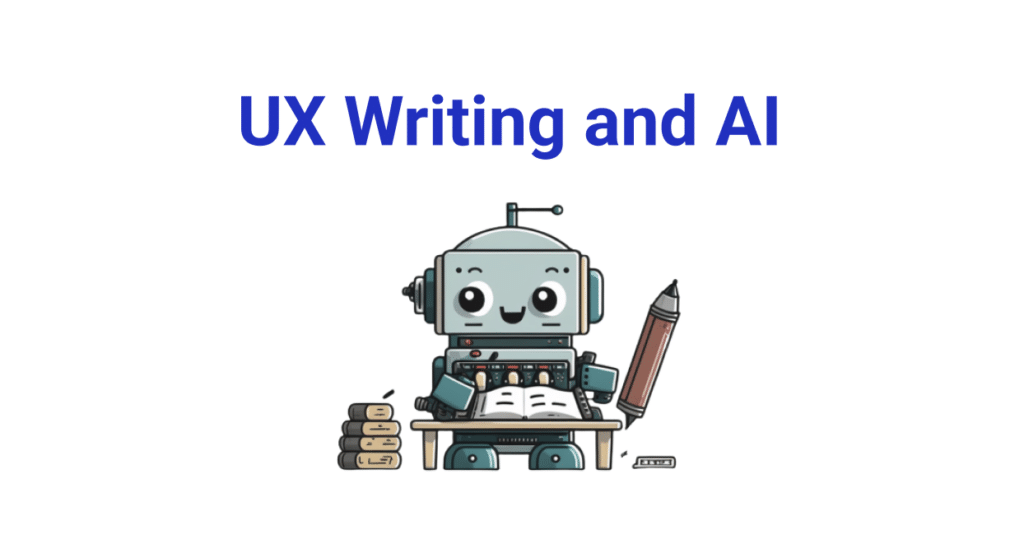Table of Contents
From Horses To Horsepower
If you wanted to summarize London streets in the late 1800s, you could do it with two words:
Horse poop.
Yep, that’s right. Thousands of horses were needed to transport people and goods, with over 50,000 horses in London alone. It was a smelly, messy, and downright unpleasant situation.
It wasn’t limited to Britain, either. In New York City, there were about 100,000 horses at the time, producing a staggering 2.5 million pounds of manure each day!
This led to experts predicting a bleak future where cities would be buried in manure—a horse poop crisis—causing great concern among the public. However, as we now know, this “crisis” was inadvertently solved thanks to innovative thinking and the rise of modern transportation.

The sweet smell of progress
One day, out of nowhere, the smell of change was in the air. Not just the metaphorical scent of progress, but the actual smell of gasoline.
The change was gradual if you lived through it, yet rapid if you look back historically.
It took about a decade for people to get used to an innovative new technology as they replaced their horses with cars and trucks.
Gasoline and car exhaust replaced all that horse poo.
It’s funny how society can go seemingly unchanged for decades, and then, suddenly, one innovation sparks a permanent shift.
Back when people were up to the ankles in manure, few would have predicted the problem would be resolved so suddenly.
Nor would they predict that the very thing to solve the horse poo problem would usher in a new set of challenges.
Civilization has gone through many such technological revolutions: agriculture, the wheel, the printing press, the industrial revolution.
The digital age brought us the internet and smartphones, and now, AI has suddenly become real and relevant.
Big innovations keep coming and with each one comes uncertainties about how it will affect our personal and professional lives.
Yet along with these disruptions comes something else: opportunity.
Big, whooping opportunities with countless new career paths and industries emerging from each big change.
Recycled data or game-changing innovation? The debate over AI
The internet changed the way we live, smartphones changed how we connect, and UX design changed how products work.
So what about AI? Will it change everything, or is it just a fancy data recycler?
If ChatGPT existed in the 1800s and we asked it to predict the future, it would have probably just said “lots of horse manure” and called it a day. It can only work with the data it has, so it’s bad at predicting the future.
Thankfully, it’s humans who drive innovation and push the world forward.
The history of Writers in Tech: from war machines to UI
It’s an unfortunate truth that warfare is often a major driver of new technology.
During WWI, when complex new machinery was introduced and people needed to be trained to use it at scale, we saw the emergence of the instruction manual.
This created a new job: the technical writer. The role continued to develop with the rise of desktop software, which also needed instruction manuals.
But now, software doesn’t come with a manual—the manual is written into the software itself.
With the rise of mobile and web apps (another innovation) came another new job: writing the texts inside the user interface.
Whether you call them UX writers, content designers, technical writers, or cyber scribes, the job is clear. Making digital products work intuitively through writing.
So just as the technological advances during WWI created the technical writer, the mobile app revolution created the UX writers.
The pattern is clear: new innovation, new jobs.
Generative AI’s impact on creative fields
Let’s look at the field of illustration.
When I read Harry Potter in the 3rd grade, I was astonished at how every chapter had an illustration hinting at the coming events.
17 chapters, and each with a simple black and white, hand-drawn illustration, which added so much to the reading experience.
Yet now, just a few decades later, anyone can easily create similar illustrations in a matter of seconds using a generative AI art tool like Midjourney.
So does that mean AI will replace illustrators, a job that takes years of training and talent to perfect? It’s wild to think about it, but that’s how things change sometimes.
200 years ago, people had one horsepower. Now, a 100-horsepower car is average, while the Tesla Model S has more than 1000 hp.
Innovations build upon past innovations, creating new markets, new opportunities.
So if generative AI art is only in its infancy, what will we see in the next 10 or 20 years?
Perhaps instead of getting a great new Disney movie once every two years, we could get hundreds of them per week, highly tailored to our personal entertainment profile.
Or perhaps content creators will generate new forms of entertainment, like Nothing, Forever: an endless twitch sitcom based on people’s interactions in the chat.
We likely can’t even imagine what it will bring as we’re only starting to get out of our current “horse poop” problems. The future is unimaginable.
The Role of AI and the future of UX writing
For some UX writers, AI is the elephant in the room—they’re scared to talk about it. But I say, let’s ride that elephant and see where it takes us! (No elephant poop jokes, I promise.)
So the question is: will AI writing tools replace UX writers?
If we look at AI art and its impact on artists, we might think the answer is “yes.” But no one knows for sure, and the answer is probably neither “yes” or “no” exactly. Based on past revolutions, we’ll likely see a shift, just like we saw with technical writing turning into UX writing.
So those of you who saddle up and learn to ride that elephant, i.e. learn to use this new AI writing technology, will be in for a big win, because it increases efficiency. Let me give you an example
Recently, a UX Writing Hub client asked us to create a friendlier post-signup email. Prior to AI writing tools, we would have taken a certain amount of time to do the job and deliver something we were proud of.
But with ChatGPT, we got the same result in far less time.
We used ChatGPT to draft several versions with different tones of voice. Then, we tweaked things on our own.
This combo of robot and human writers working together created results the client loved, and it saved everyone money by being more efficient.
Another example? ChatGPT actually wrote the headlines for this post.
Yet, I could never get a program to write a relatable story about me as a 3rd grader. So while AI writing tools can help with the wording, they can’t come up with the idea.
And this applies to UX writing too. Perhaps ChatGPT can come up with some great error messages, headlines, or CTA copy, but it can’t decide what information should be presented to users and when, which is arguably the most important aspect of the job. That’s something only a human UX writer can do.
Yet, AI might be able to help us brainstorm and iterate when creating a new user flow. We can feed it relevant info and generate more content and text, sparking ideas for more solutions. Again: humans and machines working together.
The relationship between AI and human writers is not a zero-sum game.
New problems can’t be solved with old solutions
As stated earlier, AI is only recycled data and statistics, which means in its current form, it can’t replace thinking humans—it can’t solve the problems of the future because it can’t conceptualize it.
And, I know of no AI use case where a human wasn’t a factor in what was created.
But we can use AI to be more productive in many ways: content writing, localization, editing, ideation, or creating stock footage, icons, logos, and other graphics. It can be our not-so-secret sidekick to help us with our current problems.
Or maybe I’m wrong and all UX writers will soon be replaced by AI.
Even if so, in the meantime, I think we should all metaphorically sell our horses and learn to drive a car.
Re-examine your processes and see where AI can help.
Adapt, change, grow.
But don’t sweat it too much. If singularity emerges, we’re all doomed anyway. 🤷
Further Reading
From Crisis to Opportunity: UX Writing in the Age of AI
We. Are. Not. The. Robots. (Working humanely in the age of AI)



